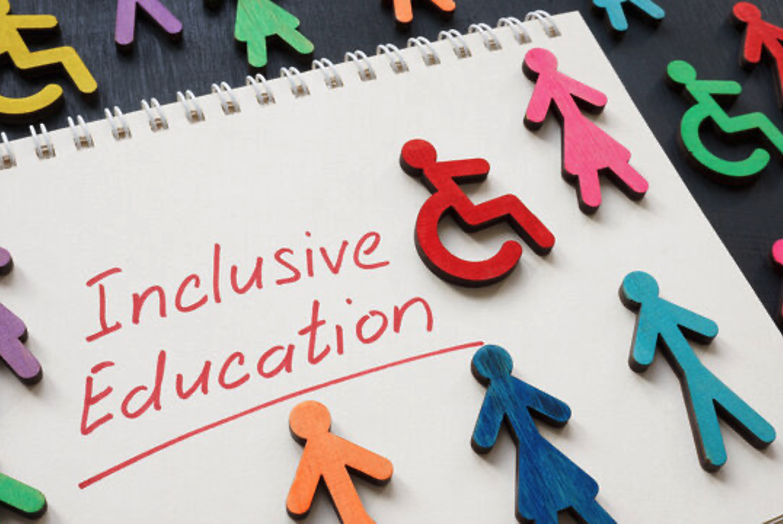How Do I Manage Anxiety With My Child With Special Needs?

Strategies to Help Your Child’s Memory

How Do I Teach Writing Skills To My Child With Special Needs?
Anxiety can be the worry or fear about tasks or situations that we face every day, whether it is something we experience alone or in our community with others around us. Everyone responds differently to anxiety, but we need to learn how to manage and cope with it. Our learners with special needs are no different. They can feel high levels of anxiety just like typical students, and also need to be taught how to manage this stress. Some things that could cause stress/anxiety are changes in their routine, social situations, sensory sensitivities, and seeing others experience anxiety. Here are a few helpful hints to manage stress and learn how to cope with anxiety.
- Deep breaths: This may sound like such a simple technique to suggest, however, for our students with special needs, it is a solution that is quick to initiate and easy to follow. They can use their fingers to count to 10 and breathe slowly in and out of their nose at the same time. But it may take an adult to help facilitate this. Once the student feels comfortable, and you see them initiate this, they may begin to do this on their own in stressful situations.
- Read a social story: A social story is a short passage that explains how one is feeling or what one is going through. It can help a student understand what they are experiencing and visualize the situation through to the end. Using a social story with pictures can take their mind off the stress for a bit. You can go to the following website for a few social story examples on anxiety. https://paautism.org/resource/relaxation-social-stories/
https://www.abaresources.com/social-stories/
- Go for a walk/bike ride/swim: Sometimes changing the scenery when anxiety starts to take over is good for the whole family. When you see the signs that your child is beginning to get stressed over a situation, have them choose a fun and easy activity. Have a picture board with their favorite things to do that are quick and calming. They will feel like they are in control of their environment if they are allowed to pick the activity to calm them (examples: a bike ride, walking, swimming, playing outside, swinging, etc.) This can calm the sensory system and redirect their thoughts towards a more calming scenario.
Related posts






